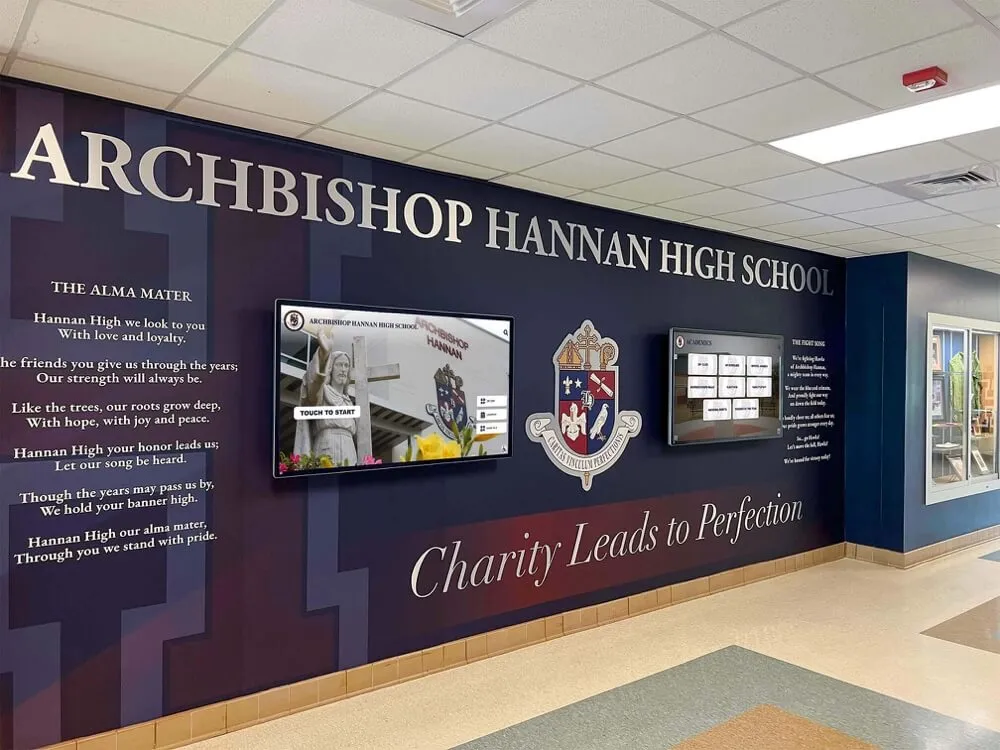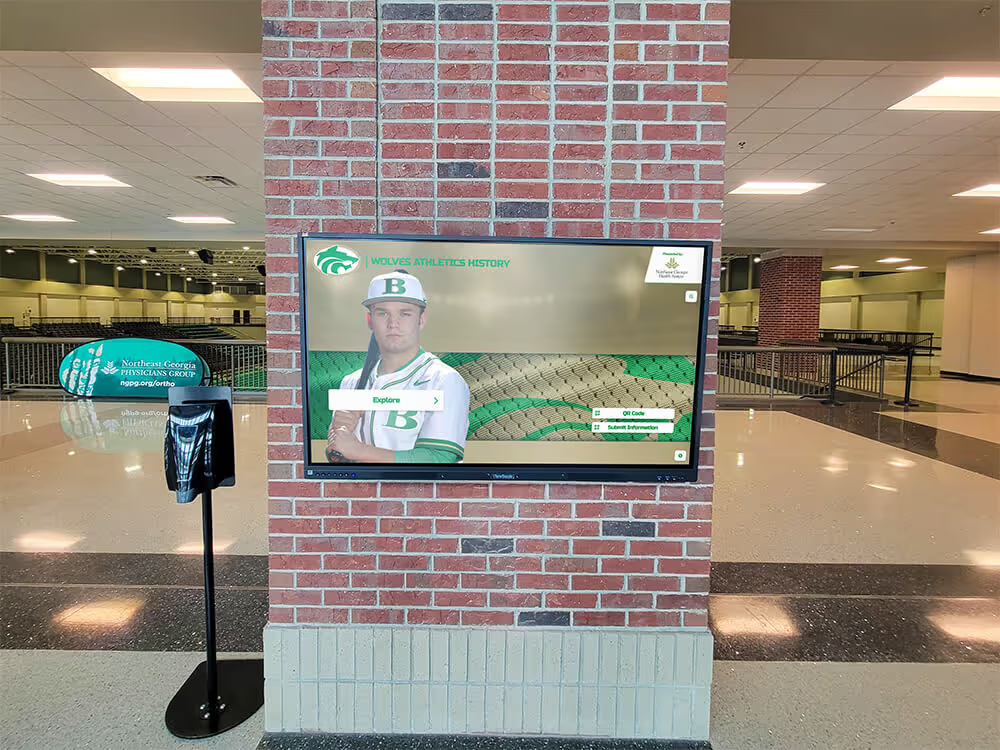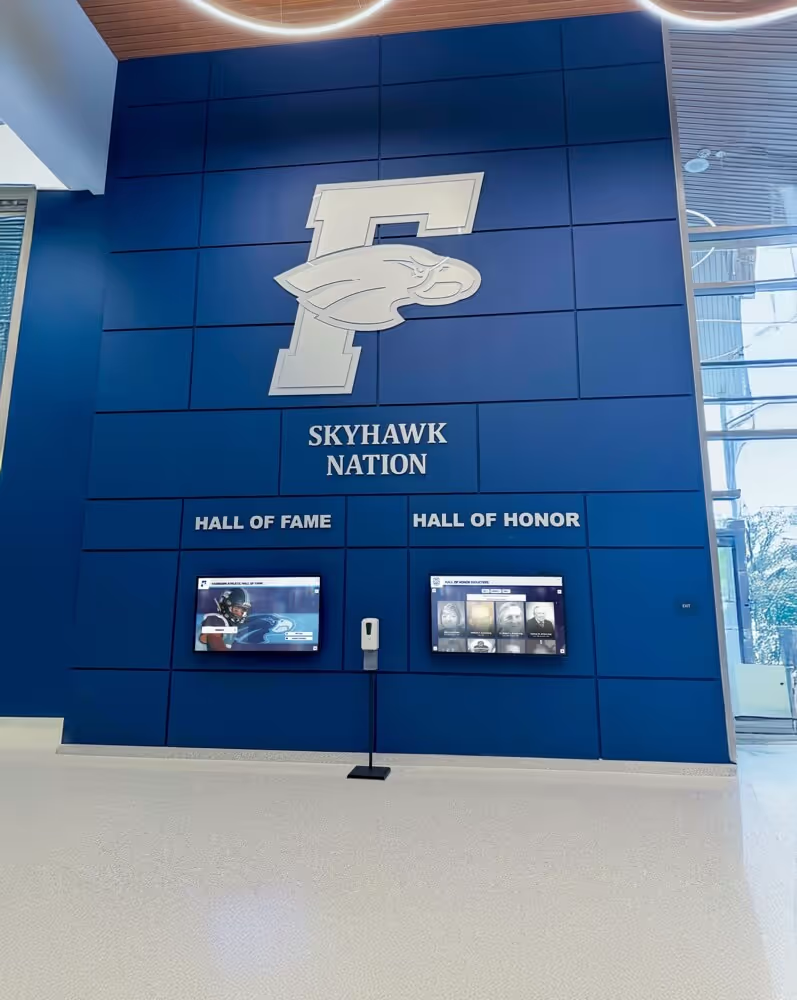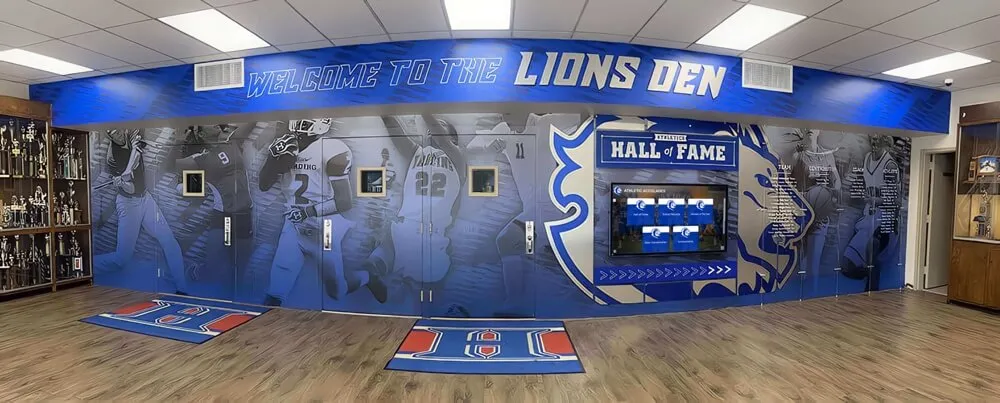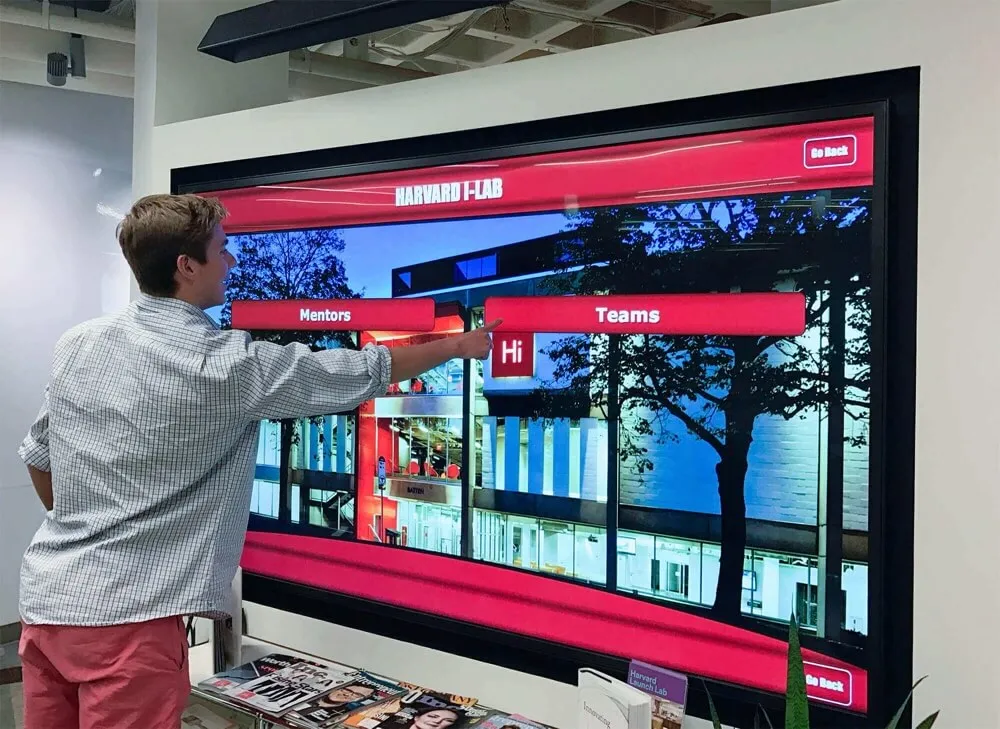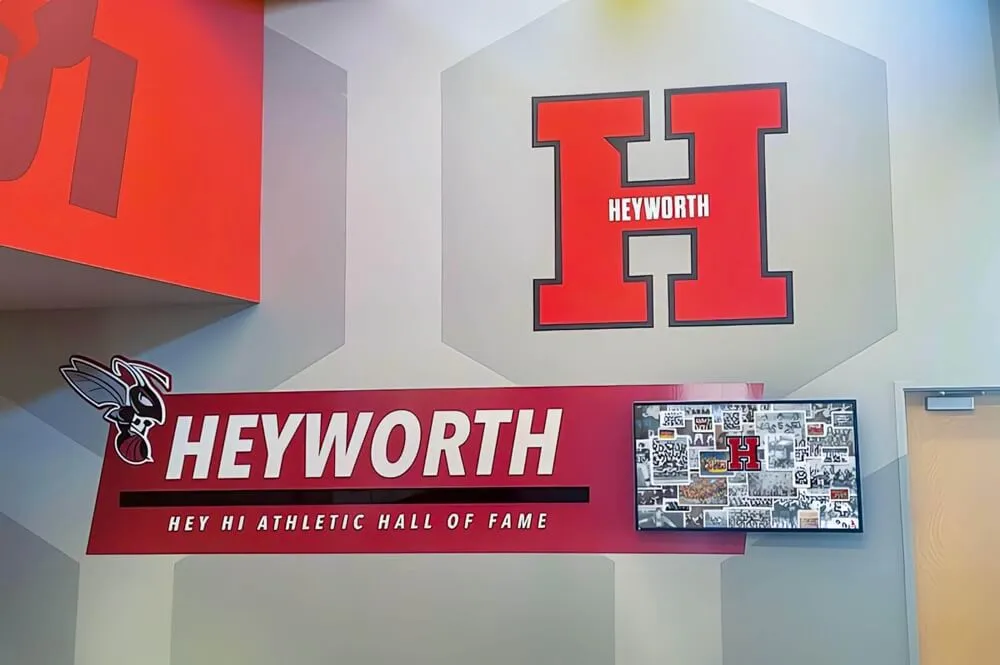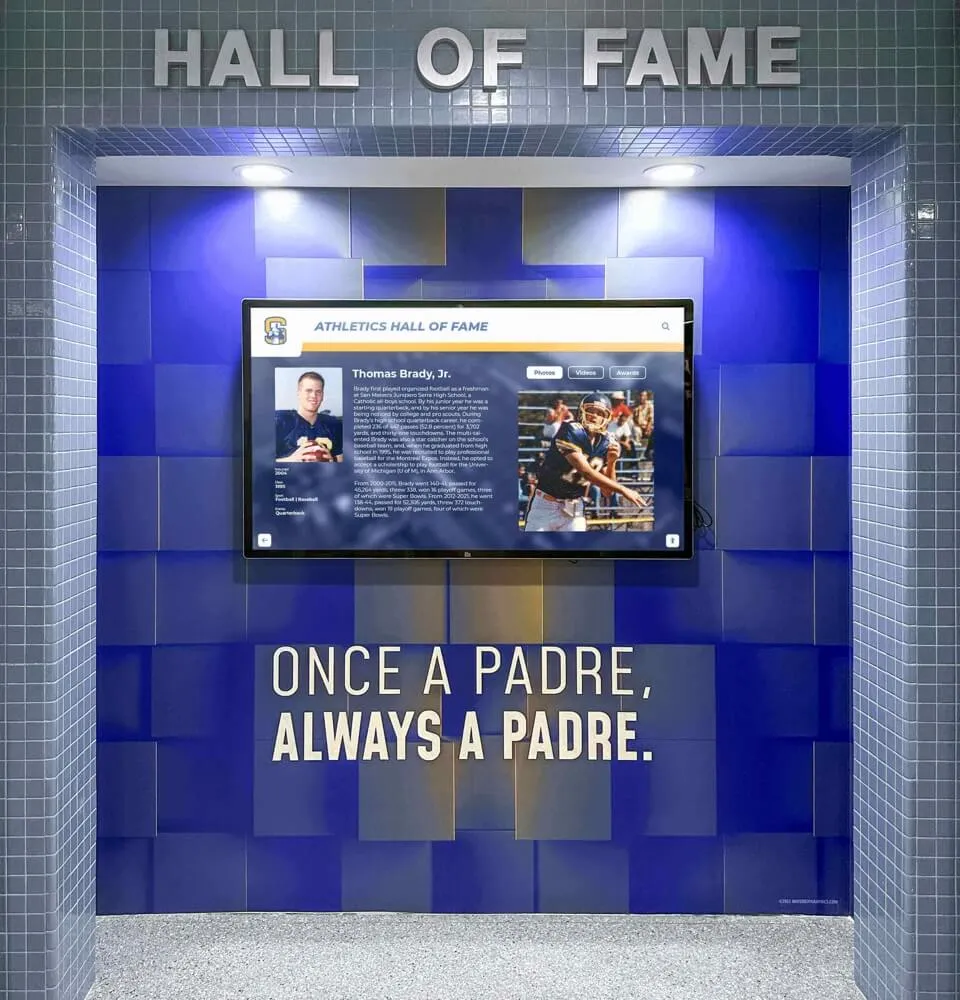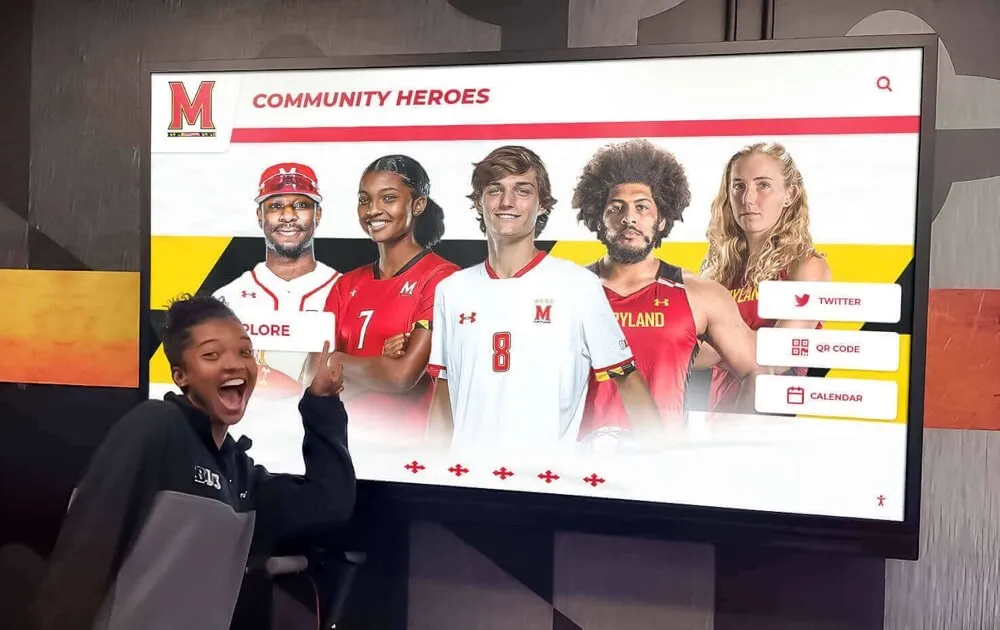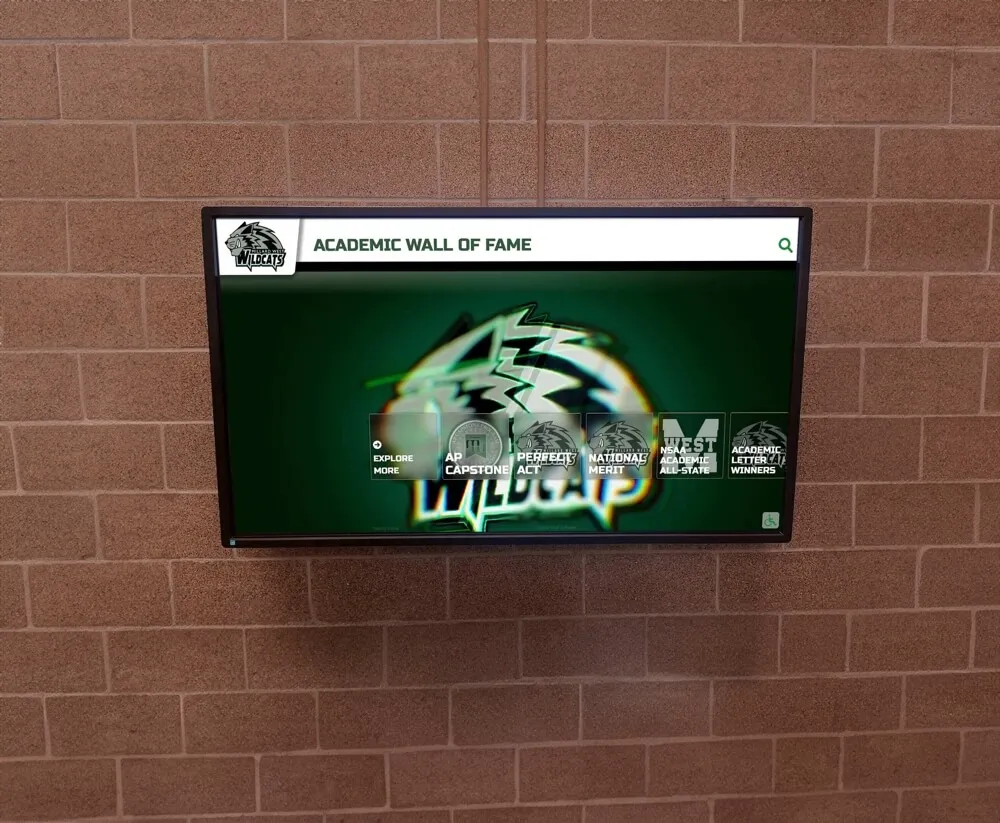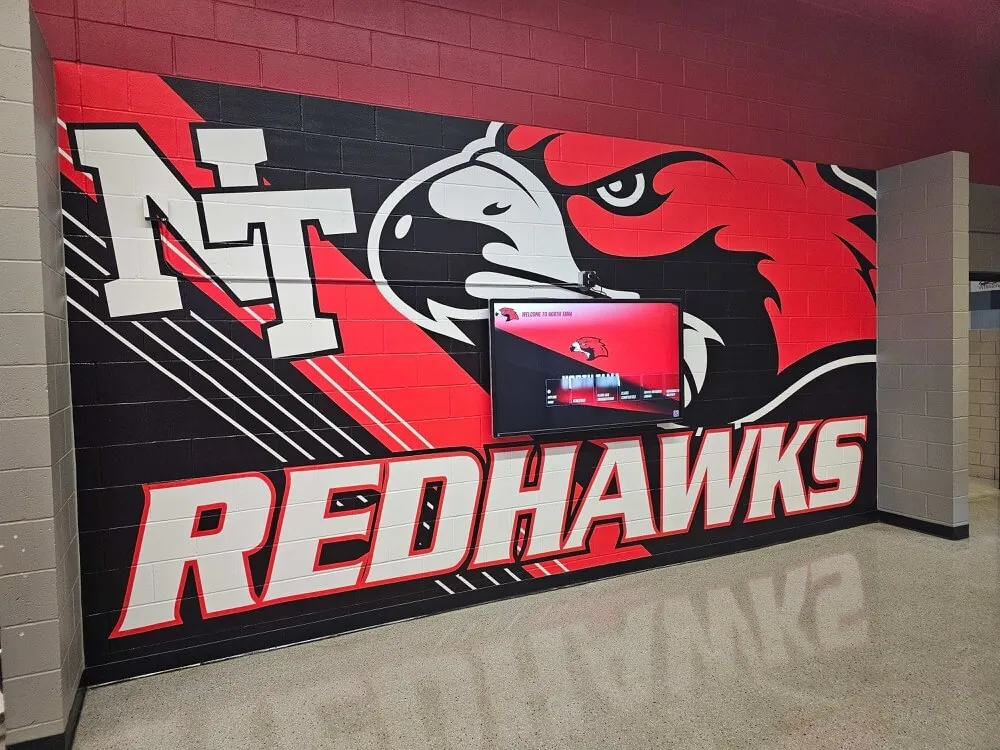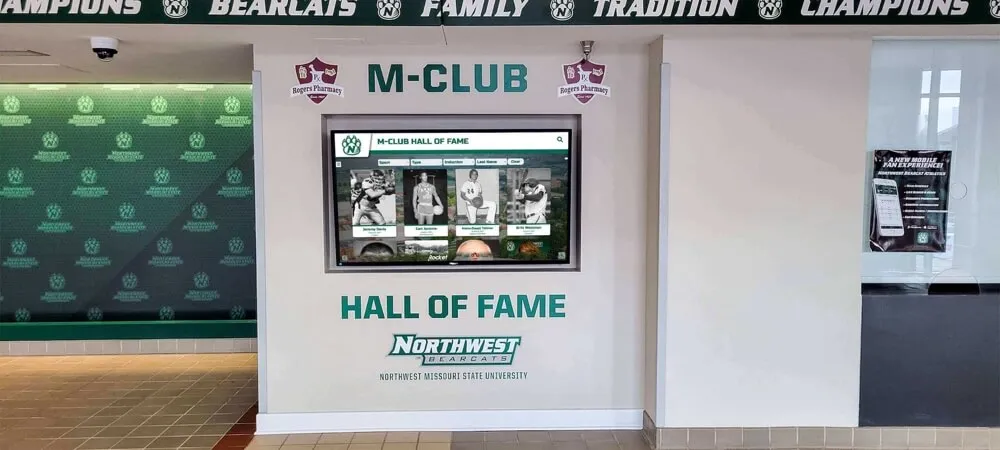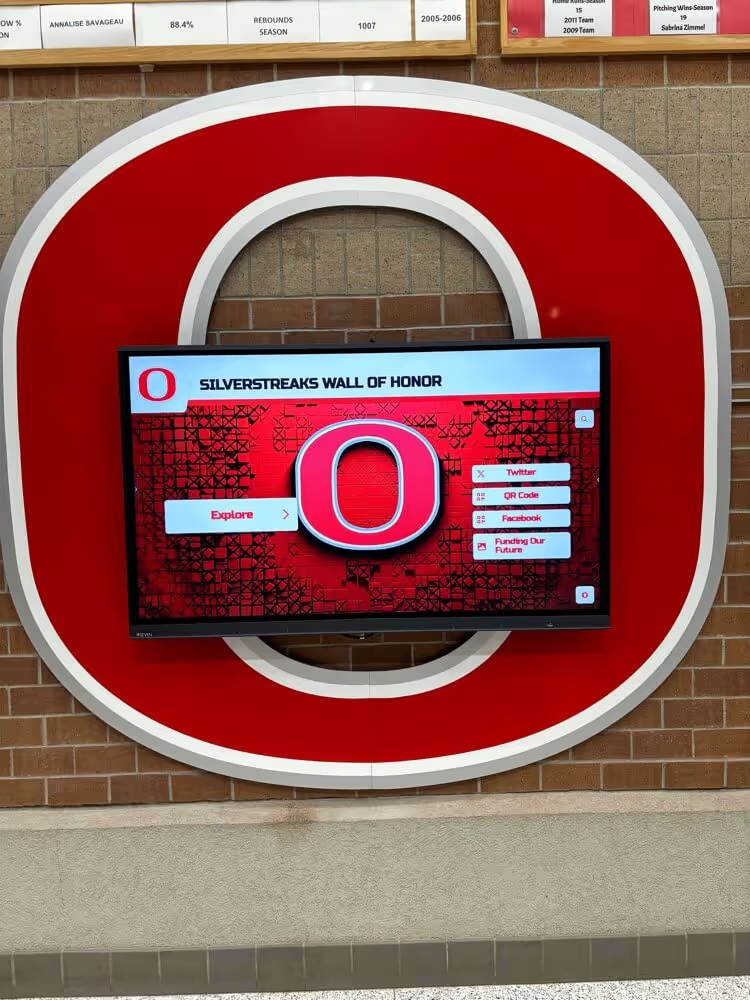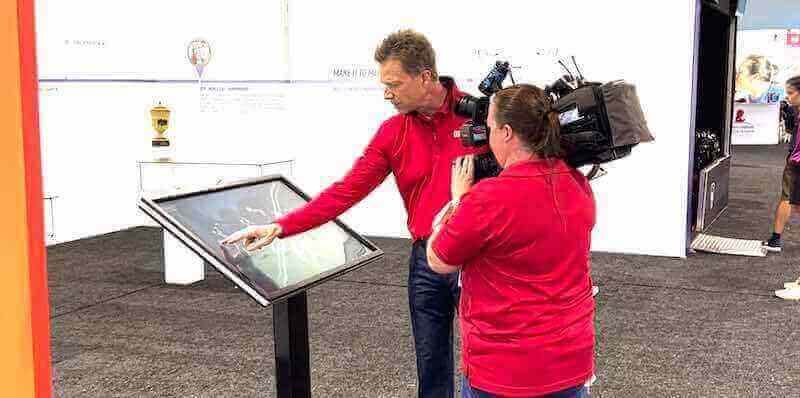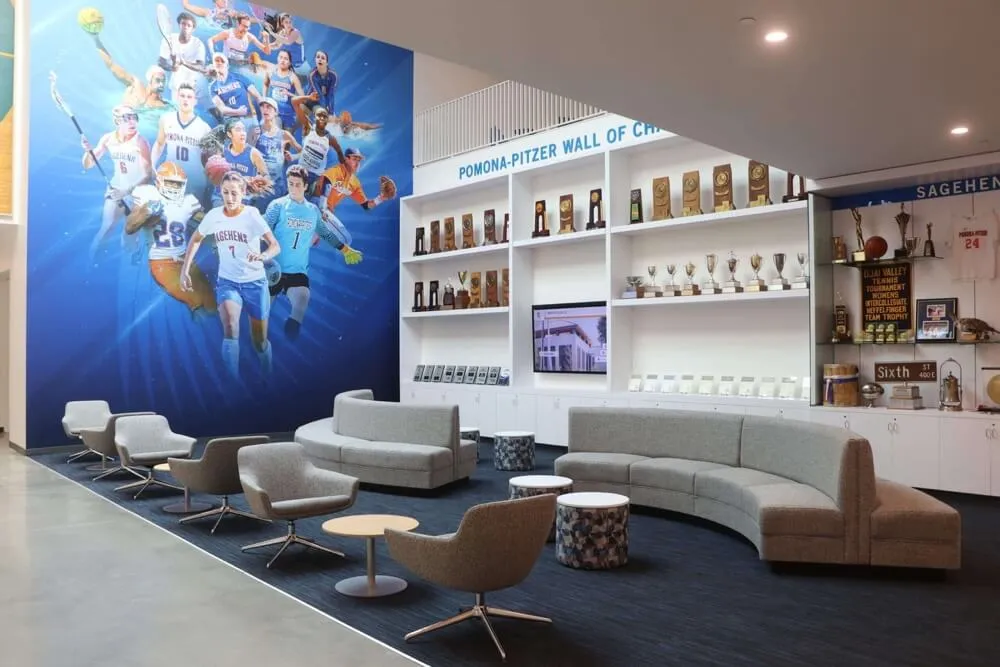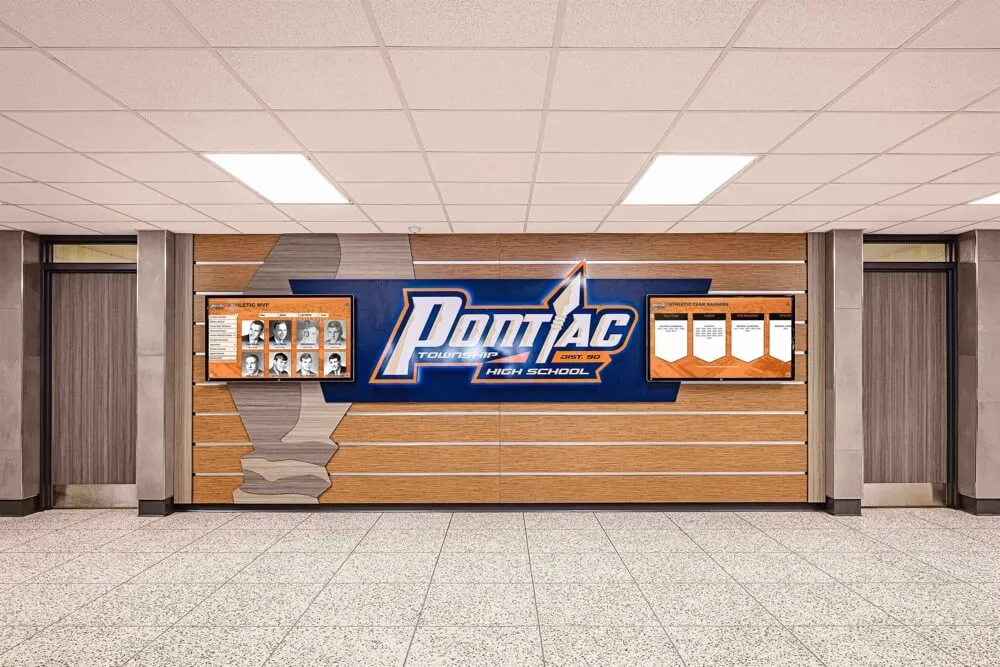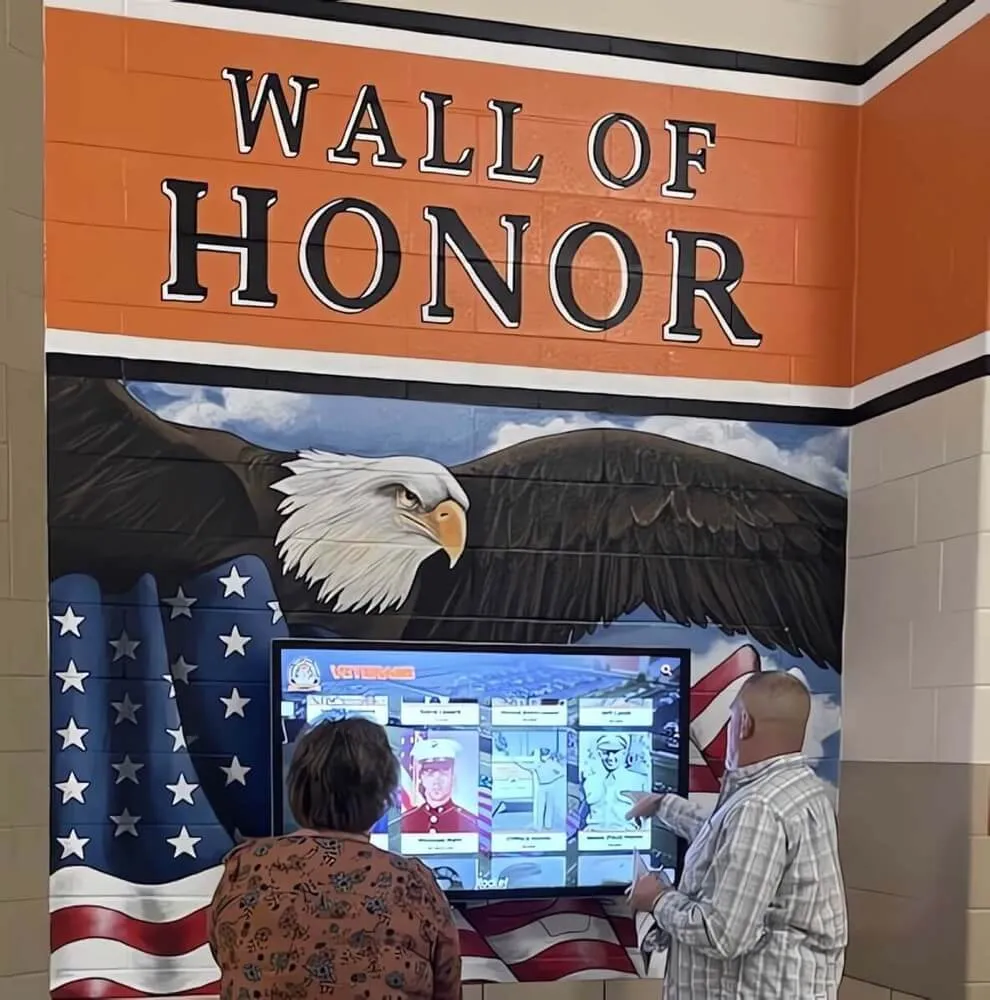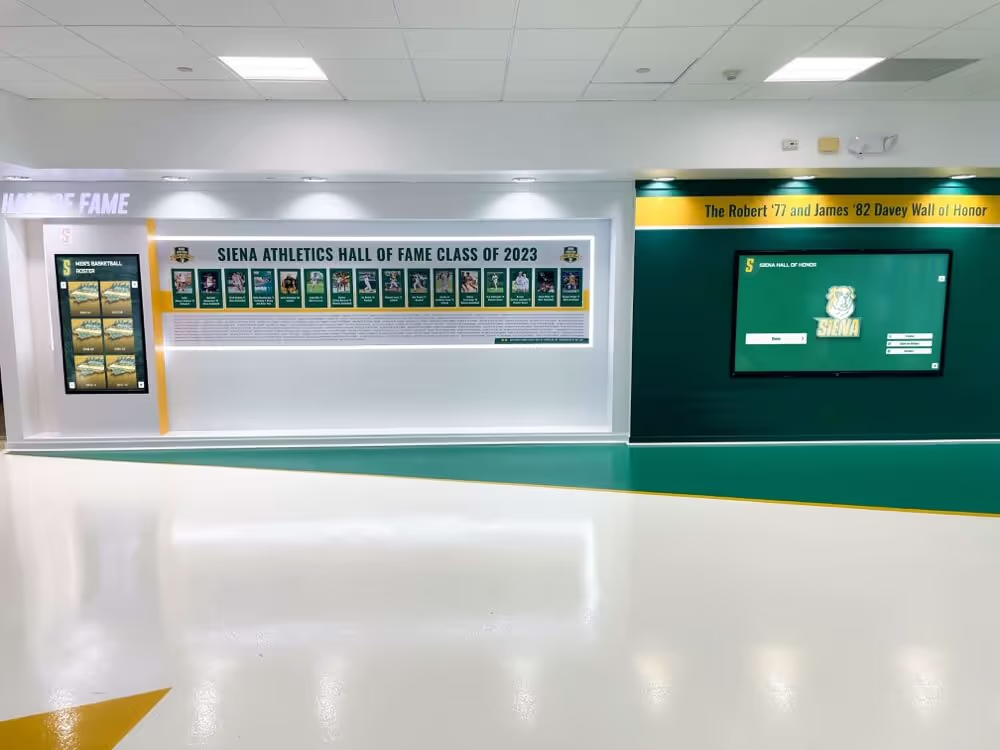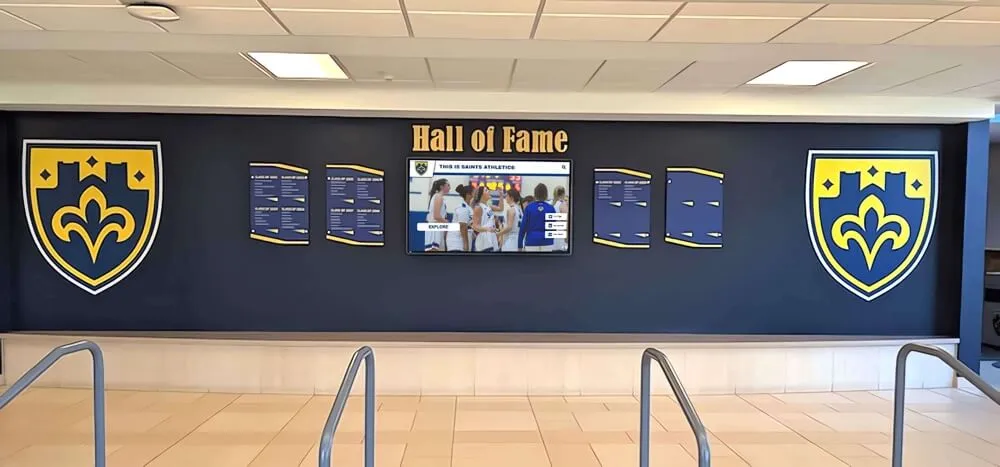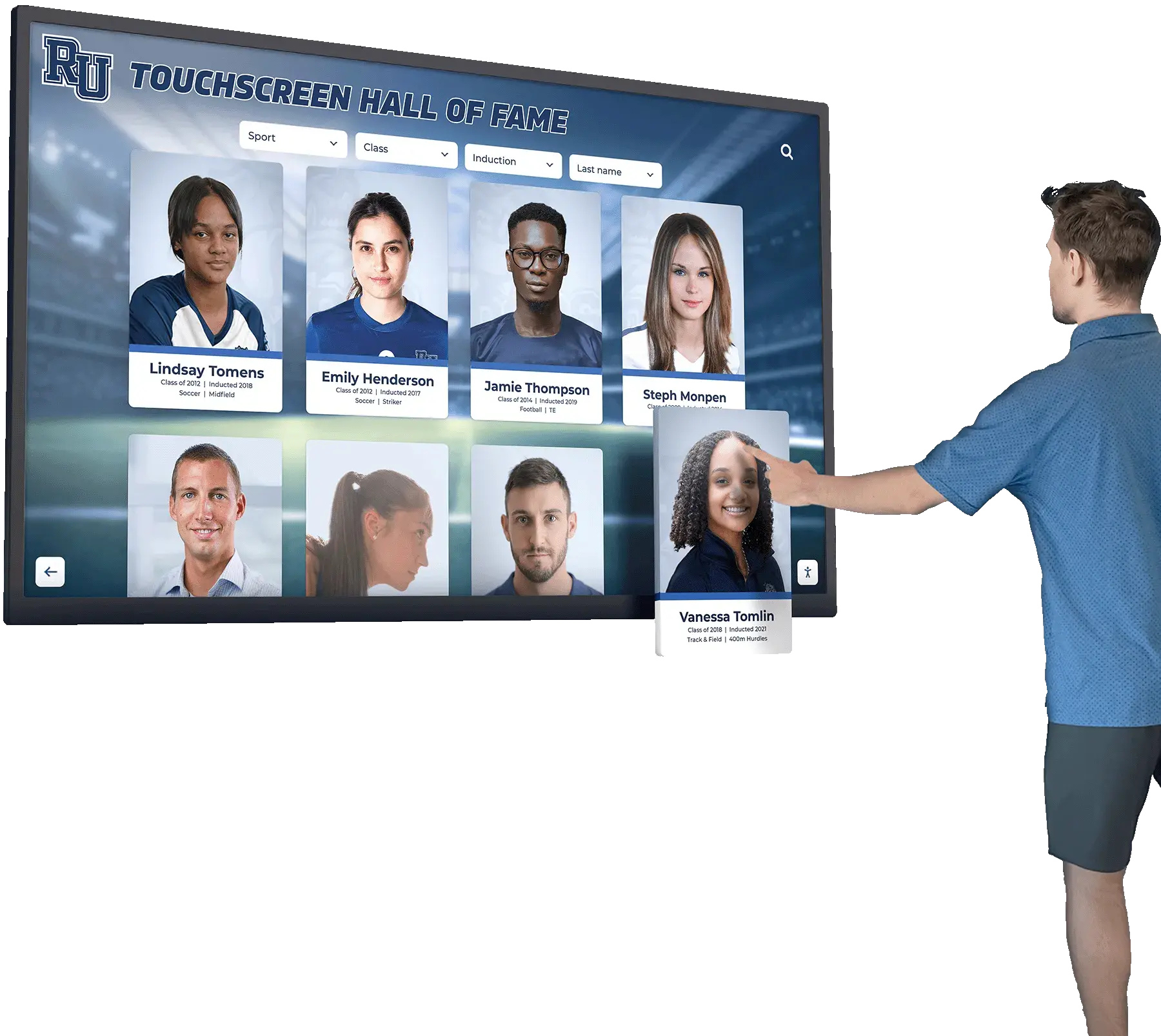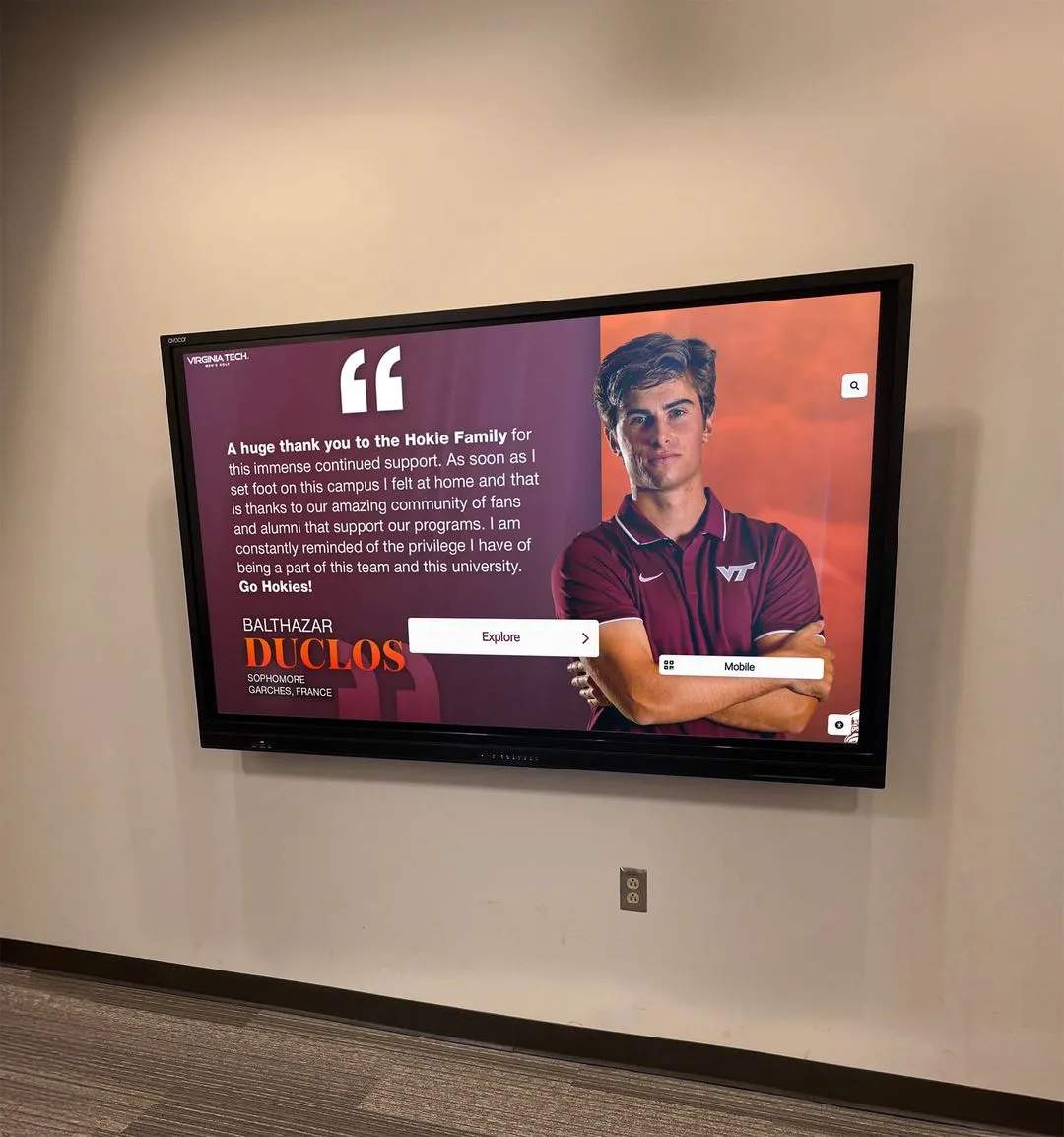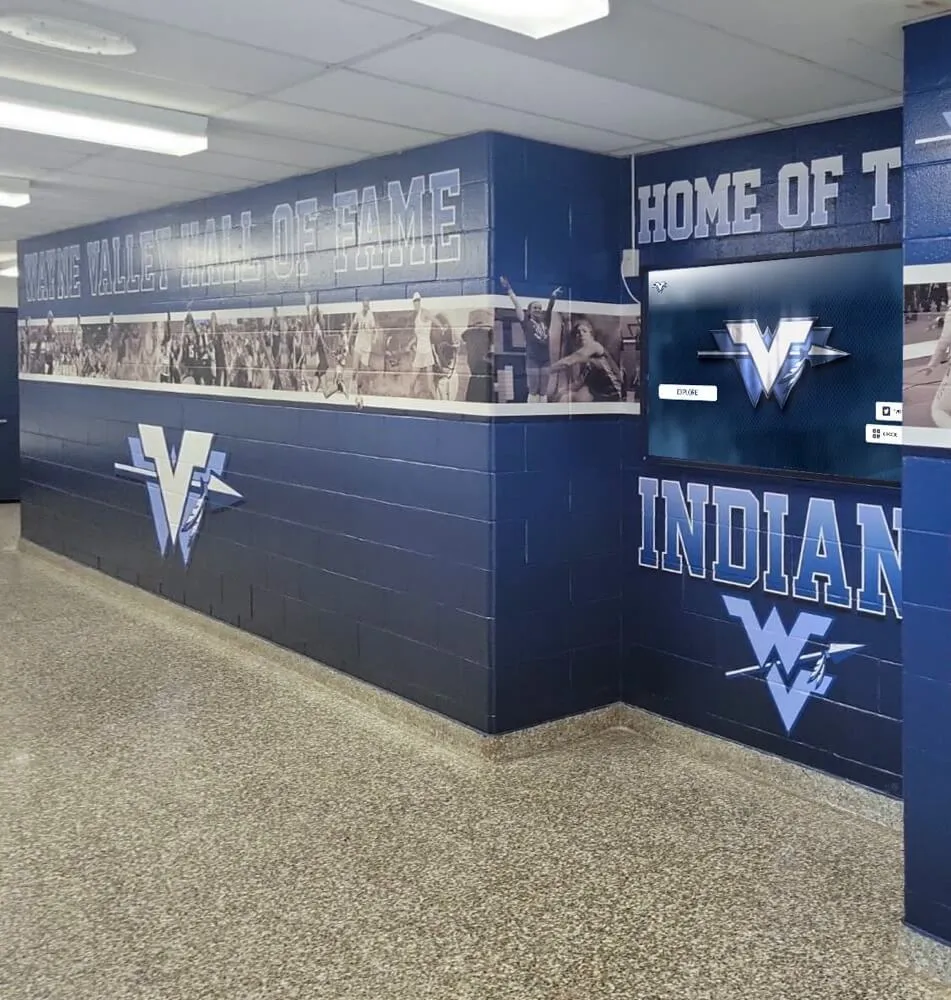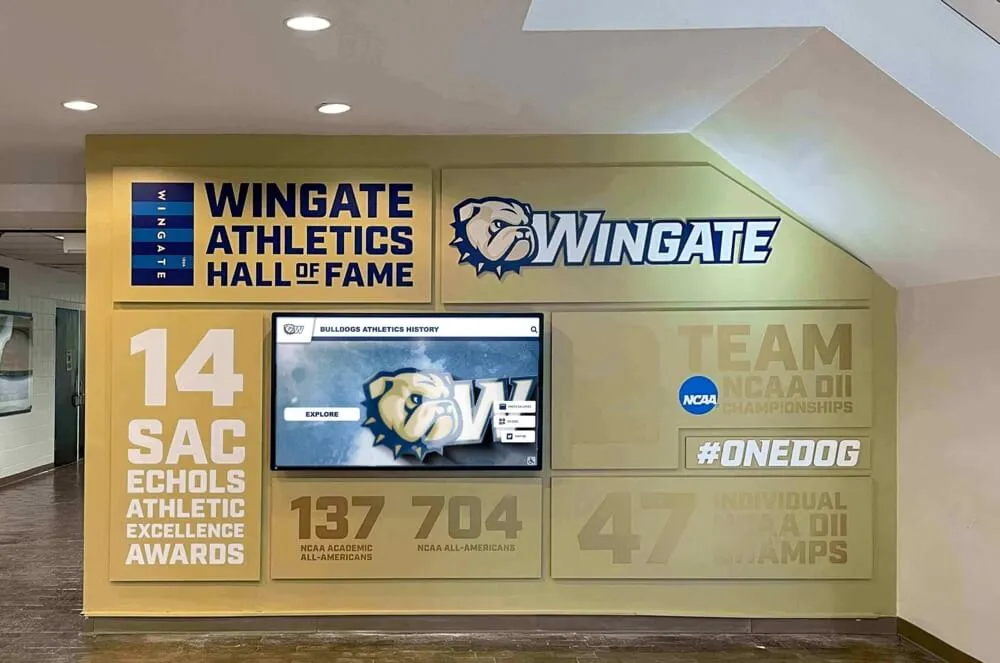What is a Digital Record Board?
A Digital Record Board is a modern, interactive way to recognize and celebrate achievements, especially in sports and academics. Unlike traditional static boards, a digital version offers flexibility, accessibility, and a dynamic user experience that can transform how organizations honor their top performers, historical records, and milestones.
Whether installed in athletic facilities, schools, corporate offices, or community centers, Digital Record Boards create memorable experiences that connect visitors with the stories of excellence and achievement.
Key Features and Benefits:
- Interactive Displays: Often utilizing touchscreens, users can explore records, view multimedia content (like athlete profiles or highlight videos), and learn more about accomplishments.
- Accessibility: Content can be accessed remotely via web or mobile, broadening the reach beyond a physical location.
- Multimedia Integration: Incorporate videos, images, audio clips, and interactive timelines.
- Easy Updates: Adding new records or updating information is simpler and more cost-effective than with physical boards. New records can automatically re-rank existing entries.
- Space Saving: A significant amount of information can be presented in a compact digital format, displaying current and historical data.
How Organizations Are Using Digital Record Boards
Sports and Athletics
From professional teams to collegiate and high school athletics, Digital Record Boards provide fans, athletes, and visitors with immersive experiences:
- Interactive athlete statistics, personal bests, and career highlights.
- School records, championship moments with video replay capabilities.
- Comparative analysis between historical teams or athletes.
- Fan engagement features.
- Digital trophy cases and memorabilia displays.
Educational Institutions
Universities and schools use Digital Record Boards to celebrate student achievements and institutional history:
- Distinguished student recognition for academics, arts, or sports.
- Scholarship recipient showcases.
- Athletic achievements and team records.
- Historical milestones and school development.
- Donor recognition displays tied to specific programs or facilities.
Corporate Recognition Programs
Companies are increasingly turning to Digital Record Boards to recognize employee achievements, sales records, company milestones, and leadership legacies. These installations often feature:
- Searchable databases of award recipients or top performers.
- Video testimonials or congratulatory messages.
- Interactive timelines showing company growth or project successes.
- Achievement metrics and impact visualizations.
Implementation Best Practices
Creating an effective Digital Record Board requires thoughtful planning and execution:
1. Define Clear Objectives
Determine what you want your Digital Record Board to accomplish:
- Celebrate achievements and track records.
- Tell your organization’s story of excellence.
- Engage visitors, athletes, students, and stakeholders.
- Inspire current members/employees/students.
2. Choose the Right Technology
Select hardware and software that meets your needs:
- Touch-sensitive displays (single or multi-touch).
- Content management systems (CMS) for easy updates and data input.
- Integration capabilities with existing databases or scoring systems.
- Appropriate screen size and resolution for your space and viewing distance.
- Robust and reliable media players.
3. Design for User Experience
Create an interface that is:
- Intuitive to navigate.
- Visually appealing and aligned with your brand.
- Accessible to users of different abilities.
- Engaging through various interaction methods and clear information hierarchy.
4. Develop Compelling Content
Your Digital Record Board should feature:
- High-quality images and videos.
- Accurate and well-organized data (records, names, dates, statistics).
- Interesting profiles, biographies, and achievement descriptions.
- Historical context and significance where applicable.
Measuring Success
To ensure your Digital Record Board delivers value, consider tracking:
- User engagement metrics (time spent, features used, specific records viewed).
- Visitor feedback and satisfaction.
- Impact on motivation or recruitment (if applicable).
- Achievement of stated objectives (recognition, information dissemination, inspiration).
Frequently Asked Questions About Digital Record Boards
How much does it cost to implement a Digital Record Board?
Costs vary widely depending on the scale (number of records, sports/categories), hardware (screen size, type), software customization, and integration complexity. Solutions can range from a few thousand dollars for basic setups to significantly more for large, multi-screen, or highly custom installations.
How often should content be updated?
Ideally, content should be updated as soon as new records are set or achievements are made. A good CMS allows for quick and easy updates. Regular checks for data accuracy are also important.
Can a Digital Record Board be accessed remotely?
Yes, many modern solutions include web or mobile companion apps/sites that allow remote access, extending the reach of your record tracking and recognition program.
What’s the typical lifespan of a Digital Record Board installation?
With proper maintenance and periodic software updates, the digital infrastructure can last 5-7+ years. Hardware components (like screens and media players) may need replacement or upgrading every 3-5 years depending on usage and technological advancements.
Transform Your Recognition Program
A Digital Record Board represents more than just a modern take on traditional record-keeping—it creates an interactive storytelling platform that engages audiences in meaningful ways. By combining cutting-edge technology with thoughtful content strategy, organizations can create lasting tributes that honor achievements while inspiring future excellence.
Ready to explore how a Digital Record Board could transform your achievement tracking and recognition program? Contact our team today to discuss your vision and discover the possibilities.





